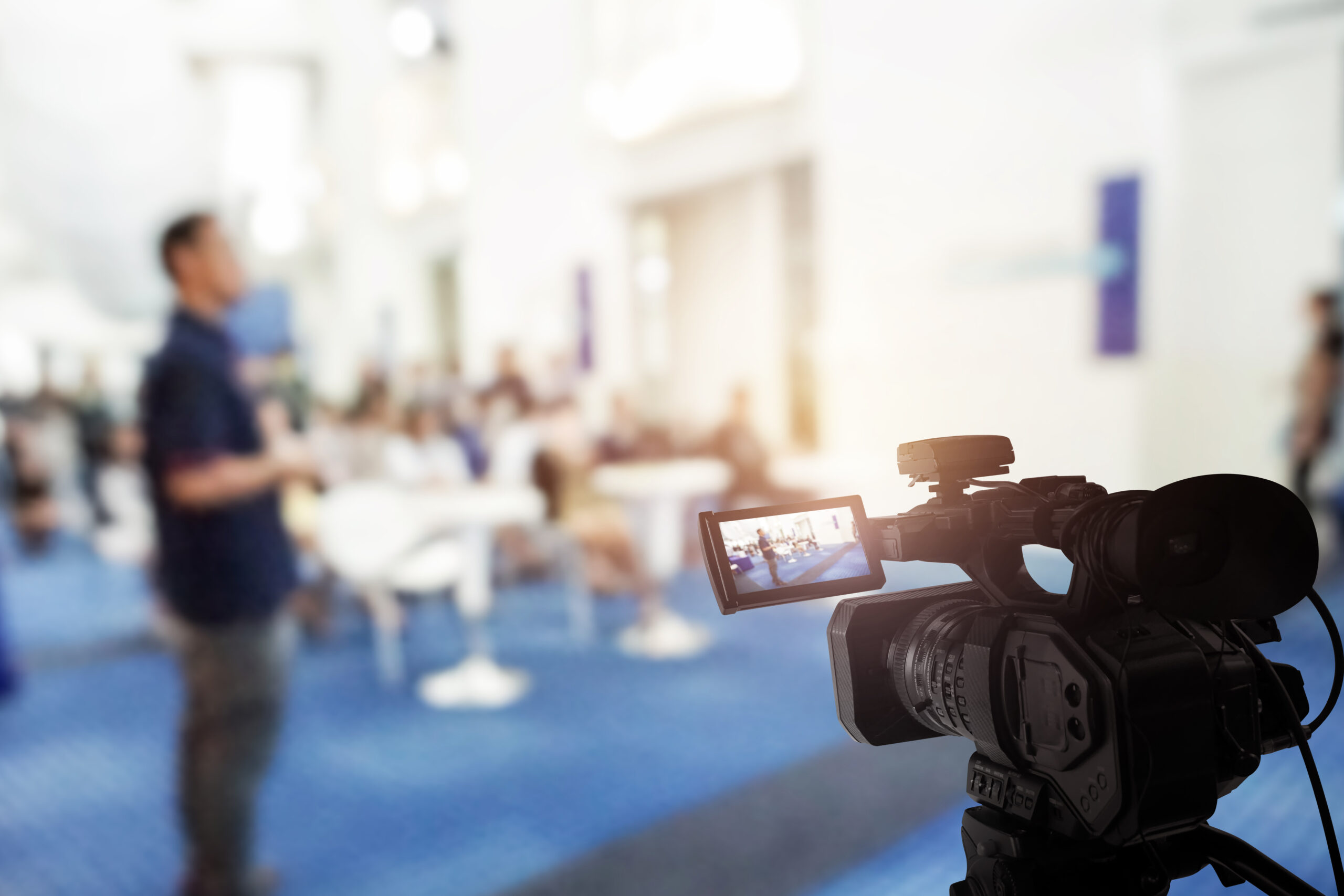With the global challenges of the last couple of years and practically every business switching to digital during the pandemic, and many staying digital or hybrid after it, the shift towards virtual and hybrid experiences has become more than just a trend—it’s the norm for many already. Businesses and organizers are finding innovative ways to not only adapt but thrive while navigating the modern business climate. One avenue that stands out here is the monetization of virtual and hybrid events.
In this article, we’ll dive into the compelling reasons why you should embrace this strategy to not just host successful events but also to create a sustainable revenue stream.
The New Frontier: Virtual and Hybrid Events
The rise and popularity of virtual and hybrid events is not entirely a response to global challenges but a strategic step forward in how we connect and engage as people and as businesses. These events bring together participants from across the globe, erasing geographical barriers and providing unparalleled accessibility. Whether it’s a virtual trade show, a hybrid conference or an online workshop, the possibilities are broad and so is the audience.
If you’re not sure what a hybrid event is, or why you should host and even monetize them, check out our Why Your Business Needs to Host Hybrid Events article for more information.
Expanding Your Reach
One of the most compelling reasons to monetize virtual and hybrid events is the ability to expand your reach like never before. Unlike traditional events, which are limited by a physical venue, virtual and hybrid formats of events make it possible for you to reach a global audience with minimal thinking over the logistical side of things.
By monetizing these events, you not only recover costs but you are able to tap into new markets and demographics, creating a diverse and engaged community worldwide.
Diversifying Revenue Streams
Diversification of revenue streams is key in the unpredictable world of business. The opportunity to create additional revenue streams beyond your core business is presented through monetizing virtual and hybrid events.
Whether through ticket sales, sponsorships or premium content offerings, these events can become a reliable source of income. Monetizing your virtual and hybrid events through tiered ticketing structures allows you to cater to diverse audience segments. By offering customized sponsorship packages too, you not only secure financial support but also provide sponsors with unique opportunities to connect with your audience.
Enhancing the Attendee Experience
Monetization isn’t just about making money, it’s also about delivering unique value to your audience. When attendees invest in your event, they expect a high-quality experience.
This expectation drives organizers to boost the production value, curate top-notch content and invest in interactive features. In essence, monetization makes businesses think about elevating the overall attendee experience.
Leveraging Technology for Engagement
Virtual and hybrid events thrive on technology, and monetizing them encourages the integration of cutting-edge tools to enhance engagement. This approach allows organizers to explore cutting-edge features such as augmented reality (AR), virtual reality (VR) and interactive elements that transport attendees beyond the bounds of a traditional event setting.
From virtual networking platforms to immersive virtual environments, the investment in technology not only attracts paying attendees but also sets your event apart.
Building Partnerships
Monetization of virtual and hybrid events opens the door to strategic partnerships that can be mutually beneficial. Sponsors are eager and willing to align with events that provide value to their target audience.
By offering diverse monetization opportunities such as sponsor packages, virtual booths and advertising slots, you not only enhance the financial aspect of your event but also nourish long-term partnerships that contribute to its success.
Adapting to the Future of Events
The events landscape is undergoing a major transformation, and those who adapt get to thrive and enjoy success. Monetizing virtual and hybrid events is not just a short-term solution, it’s a strategic move towards the future.
As technology continues to evolve, embracing monetization ensures that your events remain relevant, sustainable and adaptable to emerging trends.
Conclusion: Monetize for Success
The decision to monetize your virtual and hybrid events is not just a financial strategy but a comprehensive approach to event management. It’s about reaching new heights in audience engagement, diversifying revenue streams and staying ahead of the trend curve. By embracing monetization, you’re not just hosting events – you’re creating experiences that resonate, connect and endure.
If you want to know how an end-to-end comprehensive streaming solution like JW Player can help you and your business host your virtual and hybrid events, book a meeting with our video experts and ask them all your questions!
